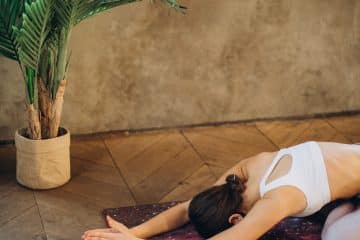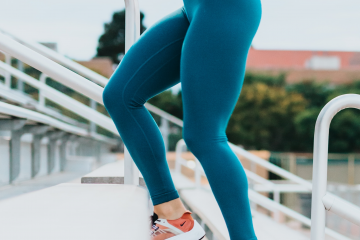Yoga for Women
Why women’s yoga is important…
The origins of Yoga can be traced back thousands of years and traditionally it was a practice followed by men which is evident in some very physically challenging poses, requiring a great deal of upper body strength. However, since coming to the West yoga is enjoyed by both men and women, with women making up the majority in most classes. Men and women have different bodies and needs; thus, it is important that the yoga taught to women respects the biological and physiological differences between them and delivers yoga accordingly.
Of course, men and women can do the same postures but physically our bodies are different. Sri T Krishnamacharya, the father of modern yoga, preached that yoga should be taught as it applies to the individual and was the first to start teaching women with specifically designed routines. For instance, he teaches that all Konsana postures (hip opening poses) are very beneficial to women, not only do they strengthen and improve flexibility in the hips, thighs, and knees, but they also stimulate the abdominal organs and ovaries, helping to sooth menstrual discomfort and digestive issues.
One hip opening pose I teach in my class at Breeze Pilates and Yoga studio in Nerang is Bound Angle Pose (Baddha Konasana); it reduces anxiety and gives a sense of release. It can also help relieve the symptoms of menopause, is therapeutic for high blood pressure, infertility, asthma and is said that practice of this pose into pregnancy can help ease childbirth.
received_10101441897219115
Another pose good for pregnancy and women is Tree pose (Vrkasana) which will balance, ground, and improve posture, also build strength and stamina for labour. It is a great hip opener stretching the hips to ease any pain or discomfort.
Yoga for women can also benefit our emotional and mental health. As a woman, I know how easily my body is effected by hormones and what a large impact this can have on not only my mood but also my skin and general wellbeing. Our hormones are controlled by our endocrine system which can easily be disrupted by changes in our breathing pattern as this can make the body switch on the ‘fight or flight’ response affecting the day to day maintenance of our bodies. As such it is important when practising yoga that we maintain steady and comfortable breathing, only holding poses as long as we can maintain a subtle and smooth breath. Breath work and connecting breath with movement is an important aspect of women’s yoga and has many benefits on and off the yoga mat. Simple breathing techniques such as diaphragmatic breathing or belly breathing can be used off the mat bringing a little bit of yoga into the work place or home helping to calm and refocus the mind, reducing stress and anxiety.
One pose I use in class as a restorative pose is child’s pose (Balasana), it is great to help come back to the breath after more challenging yoga poses and can reduce fatigue. Maintaining steady breathing in inversions is vital especially for women. As such shoulder stands (Sarvangasana) are the principle inversions for women as physiologically they are more beneficial than a handstand. Handstands are very physically challenging so can result in laboured breathing. Shoulder stands and supported shoulder stands are more accessible and calm the mind helping to relieve stress and depression, they also stimulate the thyroid and abdominal organs, improve digestion and reduce insomnia. They are great for toning the legs, buttocks and stretching the shoulders and neck. Also, work on infertility and are great for relieving the symptoms of the menopause!


